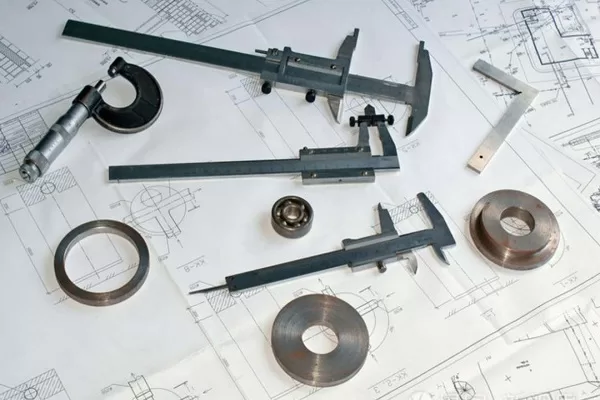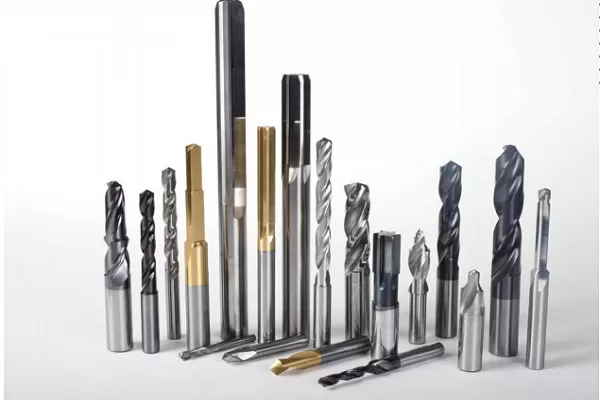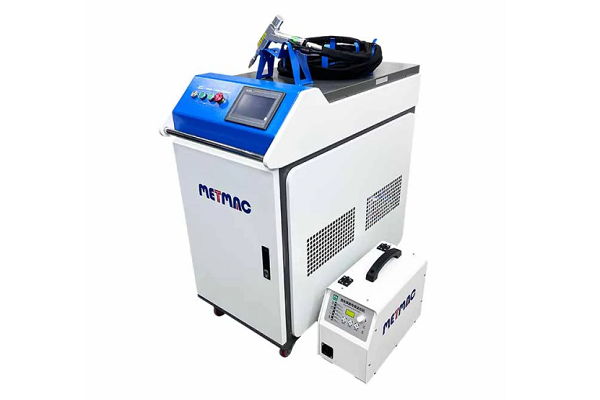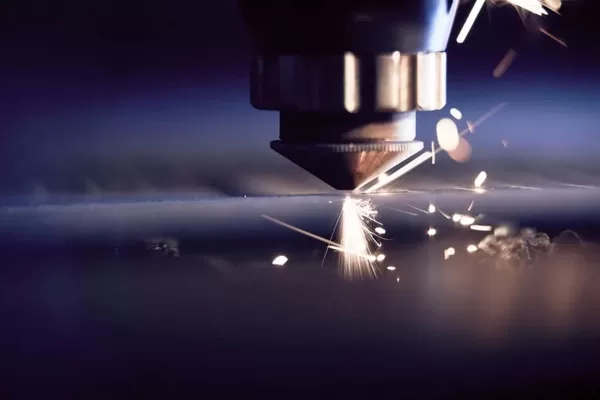
Best Practices for Operating and Optimizing Duct Board Grooving Machines
- By:Metmac
- 2024-09-03
- 68
In theHVAC industry, duct board grooving machines play a crucial role in fabricating and assembling ductwork systems. By following best practices for operating and optimizing these machines, contractors can ensure efficient production, reduce downtime, and maintain high-quality standards.
Machine Setup and Maintenance
Proper Installation: Ensure the machine is installed on a stable surface and leveled according to manufacturer’s instructions. This prevents vibrations and ensures accurate grooving.
Regular Maintenance: Schedule regular maintenance intervals to check and replace worn or damaged parts. This includes cleaning the cutting blade and lubrication of moving components.
Blade Alignment: Regularly check and adjust the blade alignment to ensure it is perpendicular to the duct board. Misalignment can lead to uneven grooving and premature blade wear.
Grooving Process
Material Handling: Properly handle the duct board to avoid damage. Use clean gloves and prevent unnecessary creases or bends.
Correct Cutting Speed: Set the cutting speed according to the blade diameter and duct board thickness. Excessive speed can fray the edges, while insufficient speed can overheat the blade.
Consistent Groove Depth: Adjust the grooving depth accurately to ensure proper assembly. Insufficient depth can weaken the connection, while excessive depth can damage the duct board.
Workspace Optimization
Ergonomic Design: Position the machine at a comfortable height for the operator to minimize fatigue. Provide adequate lighting and ventilation for a safe and efficient work environment.
Material Management: Organize the duct board and other materials in a logical and accessible manner. This reduces unnecessary movement and handling, saving time and preventing errors.
Dust Collection: Install a dust collection system to prevent dust accumulation. Dust can clog the machine and affect the accuracy of the grooving process.
Quality Control
Inspection: Regularly inspect the grooved duct board for any defects or irregularities. Check for clean and consistent grooves, proper depth, and straight edges.
Calibration: Calibrate the machine regularly to ensure its accuracy. Use precision measuring tools to verify the groove dimensions and alignment.
Operator Training: Provide thorough training to operators on the proper use and maintenance of the grooving machine. This ensures consistent operation and reduces the risk of errors.
Safety Precautions
Guarding: Install necessary guards around the cutting blade and moving parts to prevent contact with the operator.
PPE: Operators should wear appropriate personal protective equipment (PPE), including safety glasses, gloves, and earplugs.
Electrical Safety: Ensure the machine is properly grounded and that all electrical connections are secure. Check for any frayed wires or damaged components regularly.
-
The Advantages of Using a Sheet Roll Forming Machine in Manufacturing
2024/09/14 -
How to Optimize Your Laser Sheet Cutting Machine for Maximum Performance
2024/09/12 -
How to Maximize Efficiency with Modern Sheet Metal Working Machines
2024/09/04 -
The Environmental Benefits of Using Duct Board Grooving Machines
2024/09/03
-
Innovations in Steel Strip Slitting Machine Design and Technology
2024/05/11 -
Improving Accuracy in Metal Fabrication with Laser Metal Shear Machines
2024/05/11 -
Latest Technological Advancements in Rectangular Duct Machines
2024/05/11 -
Integrating Automation with Rectangular Duct Machines for Enhanced Productivity
2024/05/11
-
A Guide to the Latest Innovations in Sheet Metal Folding Machines
2024/11/29 -
Key Features to Consider When Investing in a Sheet Metal Folding Machine
2024/11/28 -
Enhancing Precision with Advanced Sheet Metal Folding Machines
2024/11/27 -
How to Choose the Right Sheet Metal Folding Machine for Your Workshop
2024/11/26



